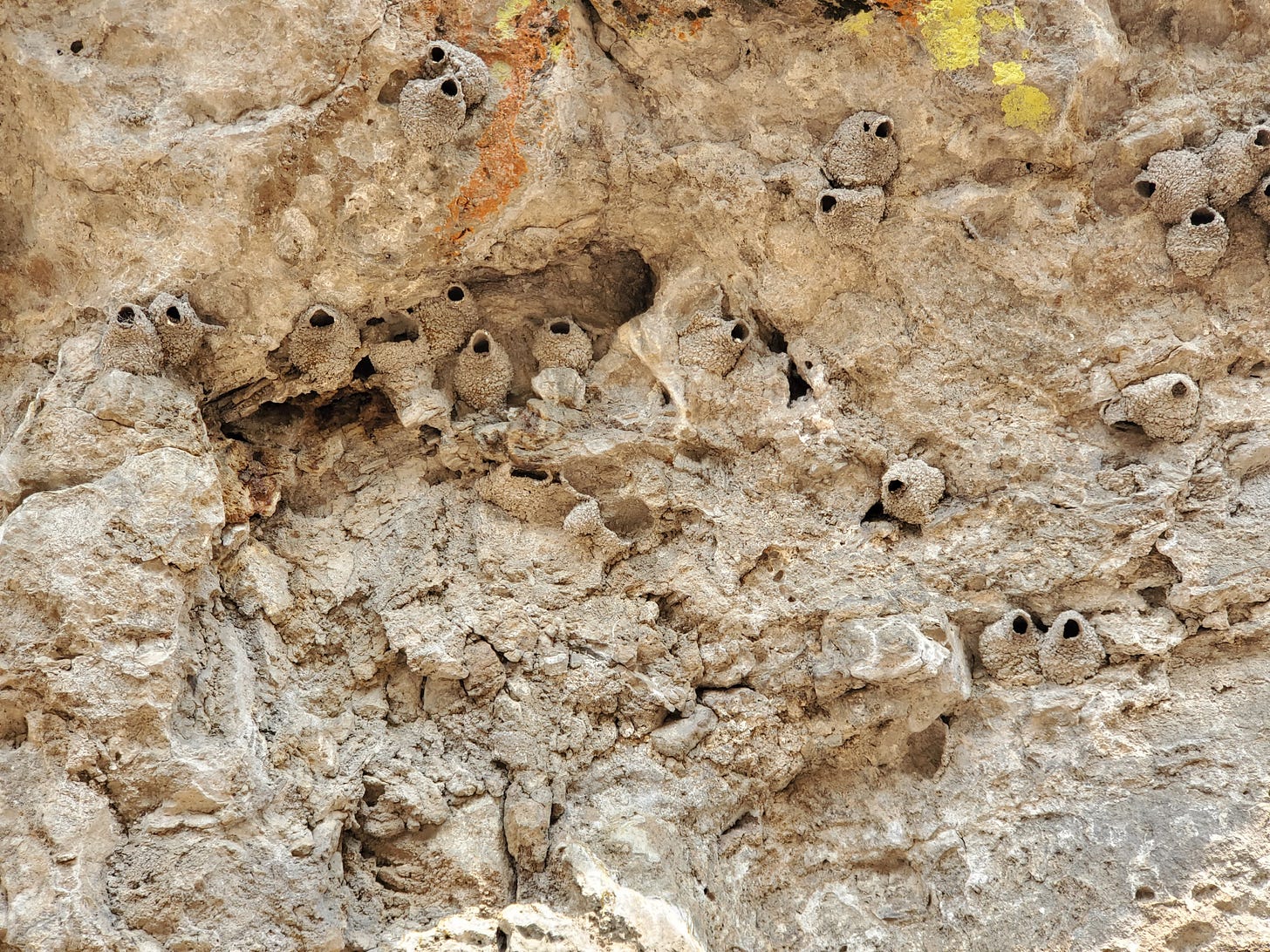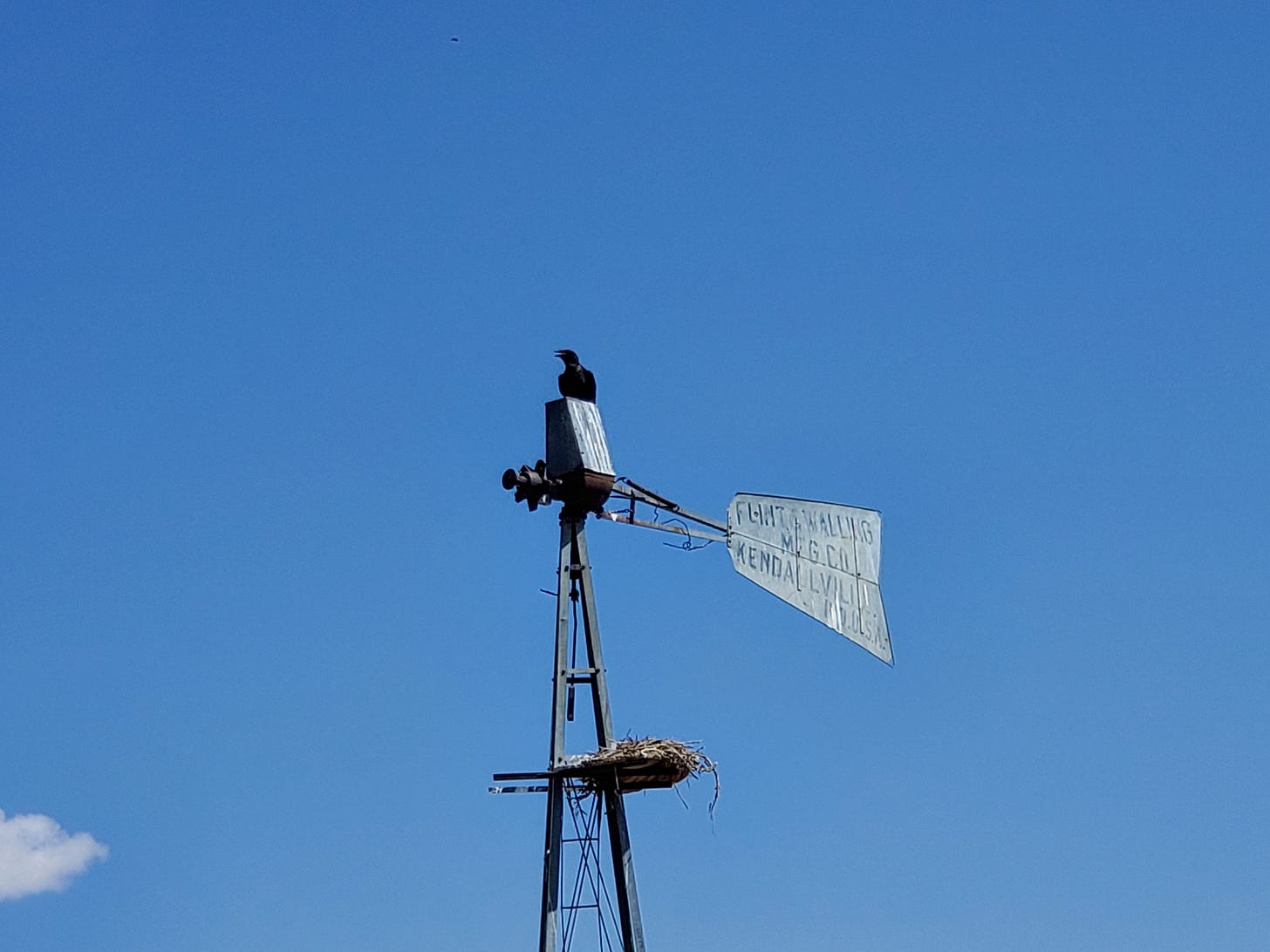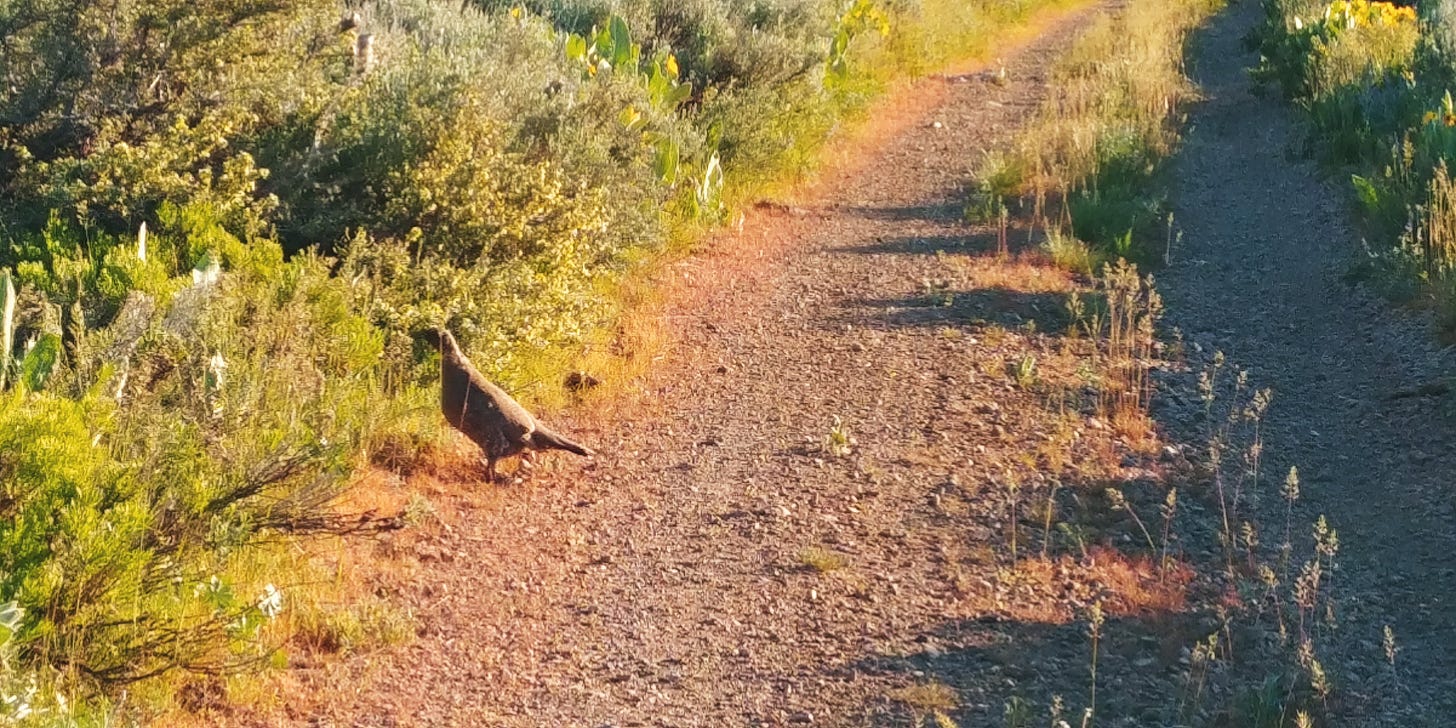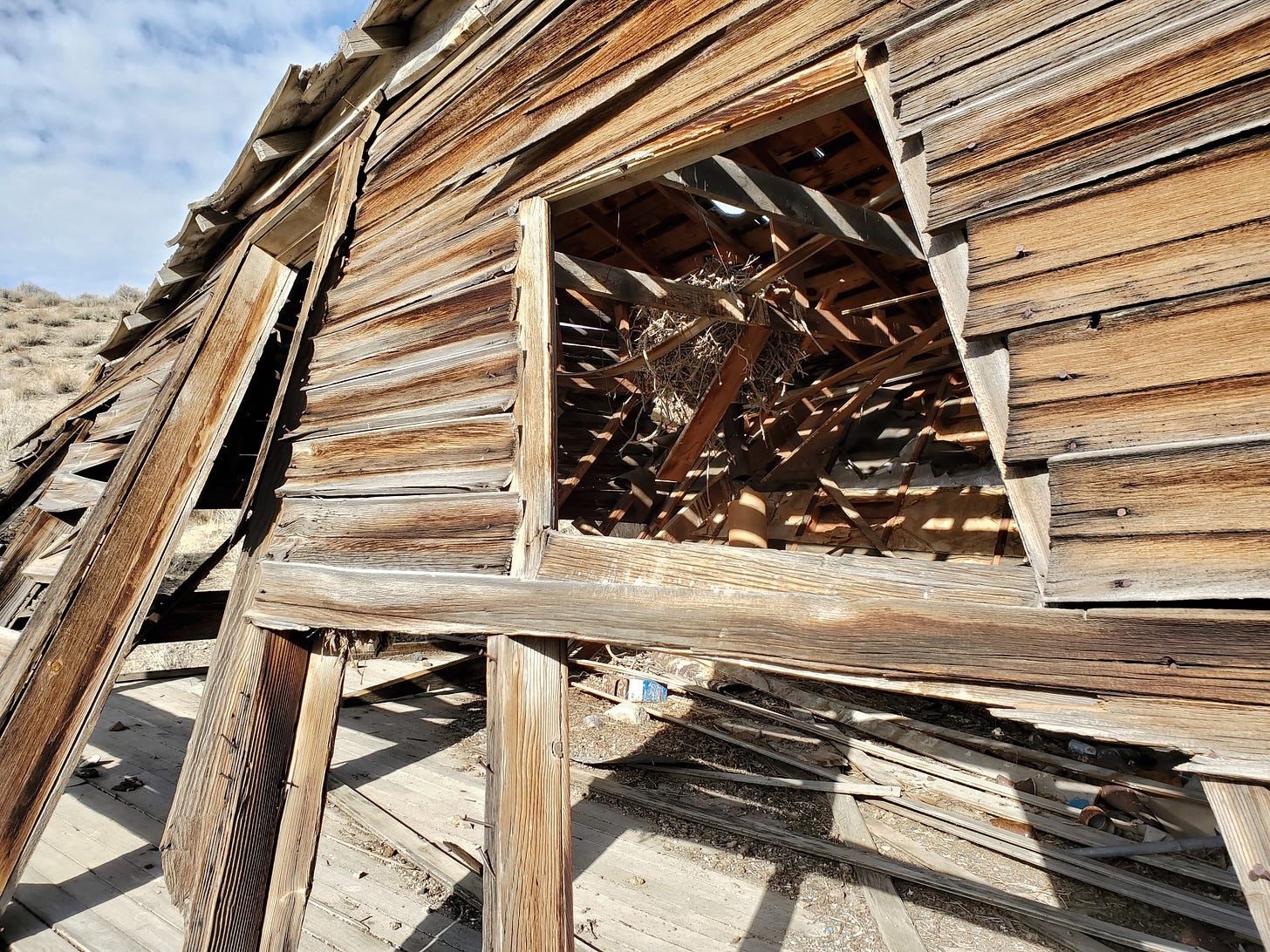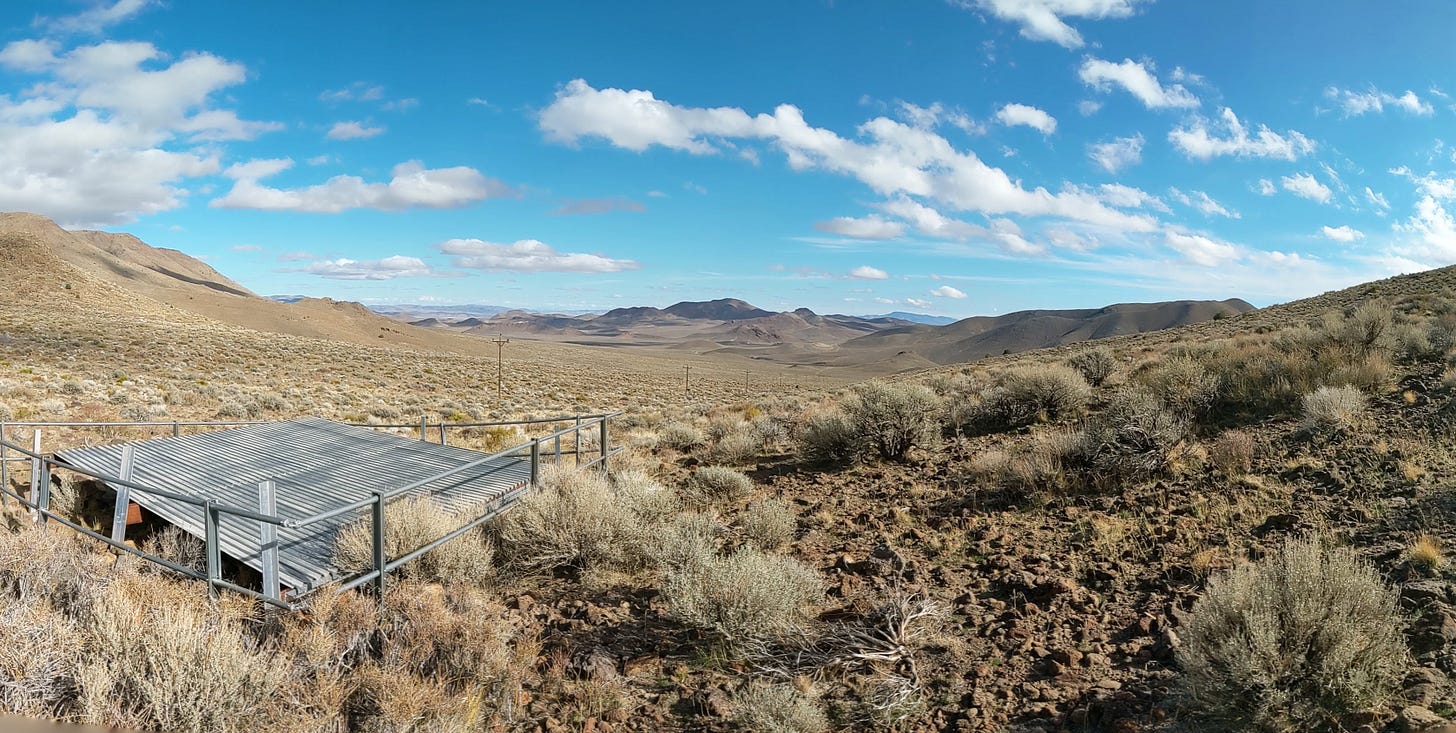I wasn’t into birds, in fact I didn’t like birding, didn’t like birders, and really didn’t like a particular birder. I should have worked through this in therapy but instead I fell in love with birds as a Graduate Student Teaching Assistant in Costa Rica. The University of California - Berkeley offered a summer course in Guanacaste, in conservation biology, tropical ecology, and eco-tourism. It was an incredible month in the field working with fantastic professors and traditional and non-traditional students.
I was one of two teaching assistants, and we were polar opposites. If I was the entomological nerd equivalent to Rosencrantz (why can’t I be Hamlet?), then Guildenstern was the late riser, uber taxonomist, glued to the microscope, and pinning insects late into the night. He is a fantastic entomologist and those are excellent qualities.
I, on the other hand, was an early riser, a little more of a renaissance thinker, and more personable with students and staff. Therefor I had the early morning jobs, such as making coffee, chaperoning the students who thought an early morning run was a good idea, and birding.
We had two professors in charge of the program, one an entomologist who studied tropical bees. This was his baby, creating a refuge, Lomas Barbudal. The other was an ornithologist from UC Riverside. Very quickly there were two camps, birds vs bees. In part because birding is an early morning activity I fell into Camp Bird. It was a fantastic education. I learned about “morning chorus,” that bird behavioral phenomenon where the birds sing to let others know who survived the night (my favorite explanation) which I now listen for every morning. I learned how to use binoculars from a pro. Recently I referred to them as “binos” and the person thought I was using some special lingo, nope, just being lazy. But the magic was going mist netting, and releasing that first bird. It sat in my hand, released it’s hot excrement, and flew off. I was hooked, birds in the bush, birds in hand, birds are fascinating.
On my trips in Nevada, in the car, on the bike, on the water, or hiking on trail I love checking out the birds. Even during our coldest, bleakest winters (in the range of extreme winters our weather in Nevada is pretty Disneyland) I can rely on the birds as travel companions. I am still not a good birder at identifying on the wing or on the perch, or by song in the wind. I appreciate companions who can identify birds, give a little natural history, and leave me with the question, why here?
My friend Dean Magnuson was the first to point out Nevada’s state bird, the Mountain Bluebird, on the wing. It’s small size, dynamic flight, and brilliant blue make it easy to pick out in the mountain meadow landscape. Until that moment I hadn’t “seen” a mountain bluebird. Now I see them more often than not.
The Common Raven and American Crow (magpies and grackles can also be added to the list) are also favorites. I would not bet my life on my ability to accurately distinguish them. It is a common internet search for me to try to distinguish them. I think the Common Raven is who I am mostly traveling with. It is no wonder they have inspired such rich legends and mythology. My favorite interaction is the sound of the wind over their wings as they pass. When that is the only sound interrupting the silence I feel like the luckiest person there is.
On the water I love paddling around with ducks (ok, there are lots of waterfowl that are ducks, they are all welcome). And swans, pelicans, geese, cormorants, and gulls seem out of place in the desert. Similarly I am always amazed by the shorebirds in the desert. I love seeing the herons and egrets in rancher’s irrigation ditches.
A great example of agriculture and bird habitat coexisting was in Paradise Valley north of Winnemucca, Nevada. As we were pedaling through, every the telephone pole was occupied by a raptor. The fields were a buzz with birds. I thought combining inviting birders to the area with local businesses or an event/festival could be a source of agro-tourism. The Carson Valley is another example where there are perches installed in ranchers fields. More than once I have been guilty of distracted driving on US 395.
The canary in the coal mine or sage grouse on a sea of sagebrush The metaphor “canary in the coal mine” was used in the newsletter about vanishing glaciers as harbingers of climate change. I am not an expert on sage grouse conservation. But it is a great story of ecology and conservation biology. What is the relationship between the quality of habitat, health of the environment, and populations of birds? If I don’t see the birds I am used to I start wondering why? What is missing? Food, shelter, nesting opportunities, water - all components of their habitat. If it’s food that is missing, is it the insects or seeds or other prey items that are missing? Shelter, including nesting opportunities, perches, hide the birds from predators, give the birds a respite from the elements, and can be seen as structure in the habitat. Water is always localized in the high desert, but healthy springs must be protected for all wildlife’s sake. In the absence of springs wildlife guzzlers are an option. For the hundreds of birds that make Nevada at least a temporary home the Greater sage grouse is a spectacular poster species for the sagebrush steppe that is home to hundreds of species. Let’s hope there will be a balance in conservation, mitigation, and development that will work for as many of these species.
The first chapters of the Birds of Great Basin (Ryser, 1985) give a great overview of bird ecology within the Great Basin and how birds cope with their two biggest challenges, heat and water balance. Ryder explains the importance of Nevada’s mountain ranges in creating diverse habitats in the horizontal and vertical to support the regions avifauna. He talks about the relative “roadlessness” of the mountains as well. Less disturbance means better bird habitat but at the same time makes the bird research more difficult. To hike through the landscape, taking in all its wonders, creates great personal discovery.
I have written about the US Fish and Wildlife’s managed lands as great resources for adventure travel and wildlife viewing. The Stillwater National Wildlife Refuge is a favorite. It is just over an hour away and offers over a hundred miles of durable, flat, low traffic, gravel roads that loop around ponds that are critical habitat for birds on the Pacific Flyway migratory path.
Regardless of birds being indicator species, keystone species, or poster (flagship) species for conservation biology there is a common local bird that is my companion on long desert roads. I haven’t identified it yet. A small bird, often in small to medium sized groups (a few to maybe around 20), a strong acrobatic flyer, close to the ground. Darker on top, lighter feathers on breast and belly. They make short flights along the road as I ride by with a spirited peep-peep song. I realize this might be the world’s worst bird description. I get the insect equivalents often. I downloaded the Merlin App to my phone to try to get a song identification. All I have so far is the sound of my tires on the road. While identifying the bird is not necessary, I would like to learn more about its natural history beyond my roadside observations. Like a friend, I look forward to riding with this little brown bird again.
Thank you for supporting my storytelling. This newsletter’s readership keeps me motivated. It is entering the third year of monthly installments. Each adventure inspires the next.
Here are some of the references that inspired this essay:
Birds of the Great Basin, A Natural History by Fred A. Ryser, Jr. 1985, University of Nevada Press - this book is a part of the Max C Fleischmann Series in Great Basin Natural History. There are six books in the series. The next on my list to read is Stephen Trimble’s Sagebrush Ocean
US Fish & Wildlife Service - Stillwater National Wildlife Refuge
Western Hemisphere Shorebird Reserve Network
BirdScapes - critical habitat for bird’s breeding, wintering, and stopover on migration
Greater Sage Grouse Conservation
Rosencrantz and Guildenstern are Dead (1990) At the Mercy of the Elements - You Tube, Movie Clip, reminds me of graduate students in debate
January in Review
Northern Nevada has had a cold dry start to 2025. It has been a skier’s dilemma, and a bike rider’s (though many have balked at the cold and ridden indoors). I have gotten out for about 450 miles on the bike. Doug A and I started out the month with a three day trip around the West Humboldt Range and a two day trip through the Broken Hills, East Gate Range and Paradise Range out of Middlegate. I had several “all-roads” rides from my home in Carson City, utilizing bike paths, trails, and dirt and paved roads. I like the term “all-roads”. It has had limited adoption in the bike community as a synonym for “gravel”. I also had some great full day rides. Last January I had a lingering cough and only rode 90 miles. Bikepacking Norther Nevada had two posts to start the year, the annual review/preview and The West Humboldt Range Loop.
I was busy with the Friends of Black Rock High Rock in preparation of the Wild and Scenic Film Festival. We presented a hand picked selection of short films from the 2024 Wild and Scenic Film Festival held annually in Nevada City and Grass Valley, California. It was a great night at the Whitney Peak Hotel in Reno and a successful fundraiser for the FBRHR. Thank you to everyone who worked so hard to make it happen, volunteers, sponsors, donors, members, and guests.
I am on the advisory board of the Wildwood Open Lands Foundation and WOLF is preparing a full calendar of events, stewardship, and advocacy. Check out this organization and I hope to see you at an event.
Bikepacking Roots always has fresh announcements. As a route and community steward I am a part of a growing network of bikepacking leaders who are promoting grassroots trips, routes, and regional summits. Bikepacking Roots is expanding its webinar offerings. In other news Bikepacking Roots is going international, welcome Canadian bikepackers!
Looking ahead!
Doug and I had a trip to the Mojave planned for this week (February 3-7) but the forecast is unsettled with potential 30 mph winds. While this is not impossible to travel in, we are doing this for fun. The unsettled forecast is around an atmospheric river. So the trick is finding a near adventure with a tolerable set of conditions, or just go for it. At the moment I am planning on a loop Tonopah and Goldfield. Doug and I have set aside some days at the end of the month for a trip.
March is half taken by my return to Taiwan. I will be touring for a week leading up to the Taipei Bike Show. Then I will be working with Clever Standard showing off their line of tools for preventative maintenance and trail side repair. At the beginning of March I will be leading a local snowpacking trip. Details are to be determined pending snow fall. I am leaning toward Relay Peak Rd off Mt Rose Summit.
April is unplanned, though I will be at Benton Hot Springs over the Easter holiday. There are plenty of “all-road” opportunities to be had. And sunrise coffee in your private hot tub doesn’t suck either. As the weather improves I will be planning group day rides as well.
As always, if there is anything I can do to get you out there, please ask.






